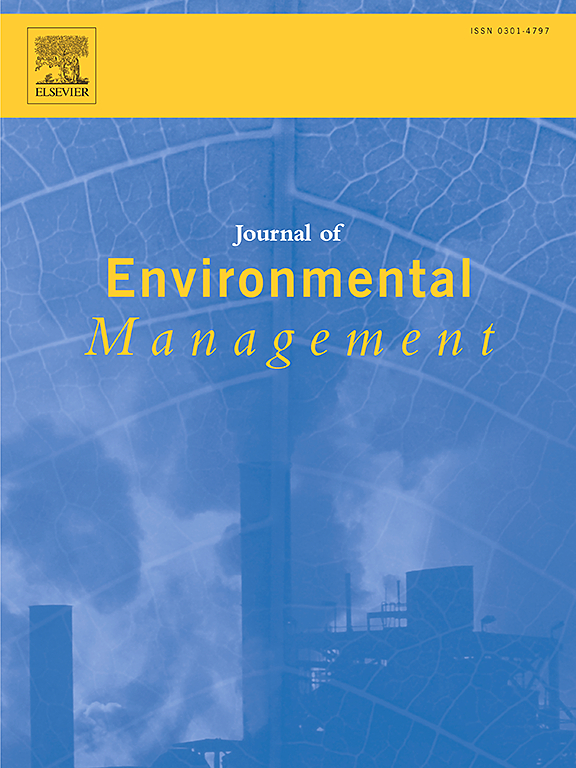钼在土壤中的化学形态及对小麦吸收的有效性。
IF 8
2区 环境科学与生态学
Q1 ENVIRONMENTAL SCIENCES
引用次数: 0
摘要
钼(Mo)是植物必需的微量营养素,但过量也会对环境造成潜在风险。研究了不同性质土壤中钼的形态及其对小麦(Triticum aestivum L.)吸收钼的影响。小麦是对全球粮食安全具有重要意义的主要作物。采用钼k边x射线吸收光谱法(XAS)结合序贯提取法,对小麦栽培前后土壤中钼的化学形态和分异进行了分析。鉴定出的Mo主要是吸附钼酸盐(Mo(VI))和Ca-和Fe-Mo(VI)沉淀。小麦栽培后,土壤吸收Mo(VI)和Ca-Mo(VI)减少,Fe-Mo(VI)增加,其中碱性土壤的变化最为显著。这些变化表明,被吸附Mo(VI)的解吸和Ca-Mo(VI)的溶解促进了土壤Mo有效性,而Fe-Mo(VI)的沉淀限制了土壤Mo有效性。生物积累和转运因子揭示了小麦对钼的有效吸收和运输,其中芽部是钼积累的主要场所。小麦谷物中钼浓度的升高引起了由于饮食接触而引起的潜在的人类健康问题。这些发现强调了土壤Mo形态在控制土壤-小麦系统Mo动态中的关键作用,为管理农业土壤中的Mo以平衡其营养效益与作物过度积累的风险提供了有价值的见解。本文章由计算机程序翻译,如有差异,请以英文原文为准。
Chemical speciation and availability of molybdenum in soils to wheat uptake
Molybdenum (Mo) is an essential micronutrient for plants, yet it also poses potential environmental risks when present in excess. This study investigated the Mo speciation in soils with varying properties and their influences on Mo uptake by wheat (Triticum aestivum L.), a staple crop with significant implications for global food security. Mo K-edge X-ray absorption spectroscopy (XAS), combined with a sequential extraction method, was employed to analyze the chemical speciation and fractionation of Mo in the soils before and after wheat cultivation. The predominant Mo species identified were sorbed molybdate (Mo(VI)) and Ca- and Fe-Mo(VI) precipitates. After wheat cultivation, sorbed Mo(VI) and Ca-Mo(VI) decreased while Fe-Mo(VI) increased, with the most notable changes observed in the alkaline soil. These changes indicated that the desorption of sorbed Mo(VI) and dissolution of Ca-Mo(VI) contributed to soil Mo availability, while Fe-Mo(VI) precipitation restricted it. Bioaccumulation and translocation factors revealed efficient Mo uptake and transport within wheat plants, with shoots being the primary site of Mo accumulation. Elevated Mo concentrations in wheat grains raise potential human health concerns due to dietary exposure. These findings underscore the critical role of soil Mo speciation in controlling Mo dynamics in soil-wheat systems, providing valuable insights for managing Mo in agricultural soils to balance its nutritional benefits with the risks of excessive crop accumulation.
求助全文
通过发布文献求助,成功后即可免费获取论文全文。
去求助
来源期刊

Journal of Environmental Management
环境科学-环境科学
CiteScore
13.70
自引率
5.70%
发文量
2477
审稿时长
84 days
期刊介绍:
The Journal of Environmental Management is a journal for the publication of peer reviewed, original research for all aspects of management and the managed use of the environment, both natural and man-made.Critical review articles are also welcome; submission of these is strongly encouraged.
 求助内容:
求助内容: 应助结果提醒方式:
应助结果提醒方式:


